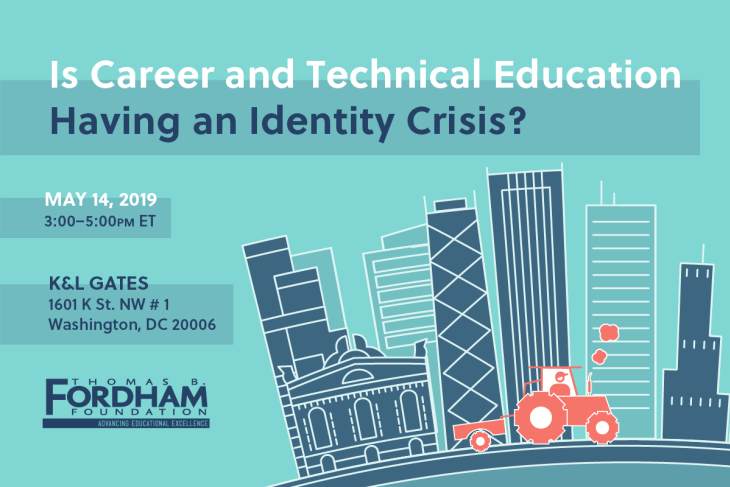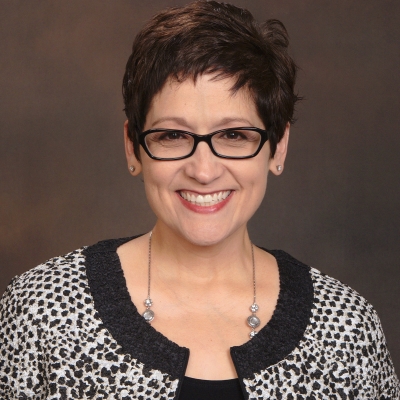Career and technical education (CTE) is enjoying its moment in the sun, with policymakers and educational leaders across the ideological spectrum embracing it as a solution to lagging upward mobility and distressed working class communities.
But does CTE actually deserve the acclaim? Compared to career training programs in most other advanced nations, CTE in the United States is a mile wide but an inch deep, with most students taking a handful of courses across multiple fields, but just a tiny number doing a years-long course of study that includes apprenticeships and leads to industry credentials. Furthermore, to the extent that CTE course-taking relates to local labor market signals, a new Fordham Institute study found that many students take courses in fields with lower wages—hardly the “high quality” routes that many CTE leaders espouse.
What is the purpose of CTE in America’s high schools today, and what should it be? Is it to prepare students for good-paying jobs right out of high school? To place students in a pipeline that leads to rigorous programs in technical and community colleges and earns them valuable credentials? Or is it to allow students to explore their career interests, whether or not they go to college?
On May 14, we posed these and other vexing questions to a panel of CTE experts. Watch the video now.
Supplemental Materials






